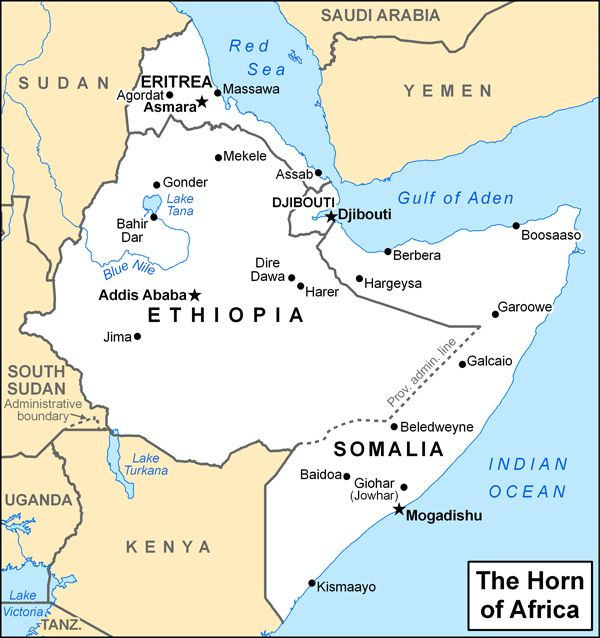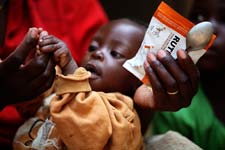Life Saving Engineering
by Andrew Boyd
Today, we save lives. The University of Houston's College of Engineering presents this series about the machines that make our civilization run, and the people whose ingenuity created them.
Calories. We spend a lot of time trying to avoid them. But for tens of millions of severely malnourished children, calories mean the difference between life and death.
In 2001, the children's emergency relief fund UNICEF entered a new era by signing the first long term contract to buy RUTF — Ready-to-Use Therapeutic Food. A sticky paste of peanuts, oil, sugar, powdered milk, vitamins, and minerals, RUTF is packed full of good calories. As demand for the product grew, UNICEF faced a problem: how to get RUTF to emergency locations quickly, inexpensively, and in sufficient quantity.

It was a classic problem in supply chain management, an area of study that's received a lot of attention in recent decades by engineering and business schools. World leading manufacturers know it's not sufficient to simply build a better mousetrap. It has to be built inexpensively, and that means a constant examination of every aspect of procurement, manufacturing, and delivery.
In UNICEF's case, inadequacies of the RUTF supply chain became overwhelmingly apparent during a 2008 drought in the Horn of Africa. Problems were many. RUTF was made and packaged by a single supplier in France that couldn't keep up with demand. Cartons of RUTF had to be shipped at last minute by air, which is far more expensive than ground transportation. Every dollar spent on transportation is a dollar that could've been spent saving another life.
So UNICEF got busy. With the help of academic researchers, forecasting models were set up to predict where rations would be needed. Mathematical models were used to determine where RUTF inventory should be stockpiled for faster deployment. New suppliers were added.
In addition, UNICEF worked with its donors — mostly governments and foundations — to get them to write checks before emergencies occurred. All of UNICEF's planning would go for naught if the agency didn't have the money to implement its plans.

When a second drought in the Horn of Africa occurred three years later, UNICEF was ready. Even though the demand for RUTF more than doubled, placing greater stress on the supply chain, the cost per carton of the precious calorie packs dropped. Most impressively, the amount of RUTF delivered by air fell from 71 percent to a mere 13 percent, saving millions of dollars and thousands of lives.
Today's engineers increasingly deal with the macrocosm of a global supply chain. Thanks to their work we're now able to buy stunningly sophisticated mobile devices for a few hundred dollars. I admit, I like that. But it pleases me to no end that the same engineering science can be employed for a far greater good.
I'm Andy Boyd at the University of Houston, where we're interested in the way inventive minds work.
(Theme music)

Notes and references:
J. Komrska, L. R. Kopczak, and J. M. Swaminathan. 'UNICEF's Supply Chains: More Responsive, More Local.' Preprint provided by J. Komrska, November, 2012.
The picture of the Horn of Africa is from a website of the U.S. State Department. All other pictures are from the website of MANA, a U.S. producer of RUTF: http://mananutrition.org/.
This episode was first aired on December 6, 2012